At present, we do not have professional level Picards competing in any sport as there are such small numbers in the UK. However, many guardians enjoy non-competitive agility, hoopers, man-trailing and other sports with their Picards, which is helping to forge closer bonds and create mutual enjoyment between the dog and guardian. All sports, whether formally competitive or a Sunday morning local pet club, must be undertaken whilst respecting your dog’s physical integrity and their maturity.
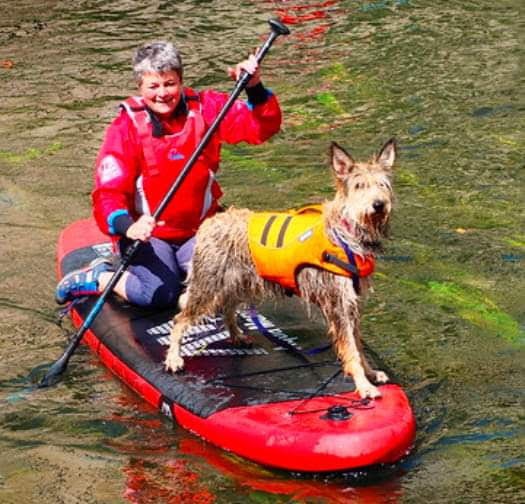
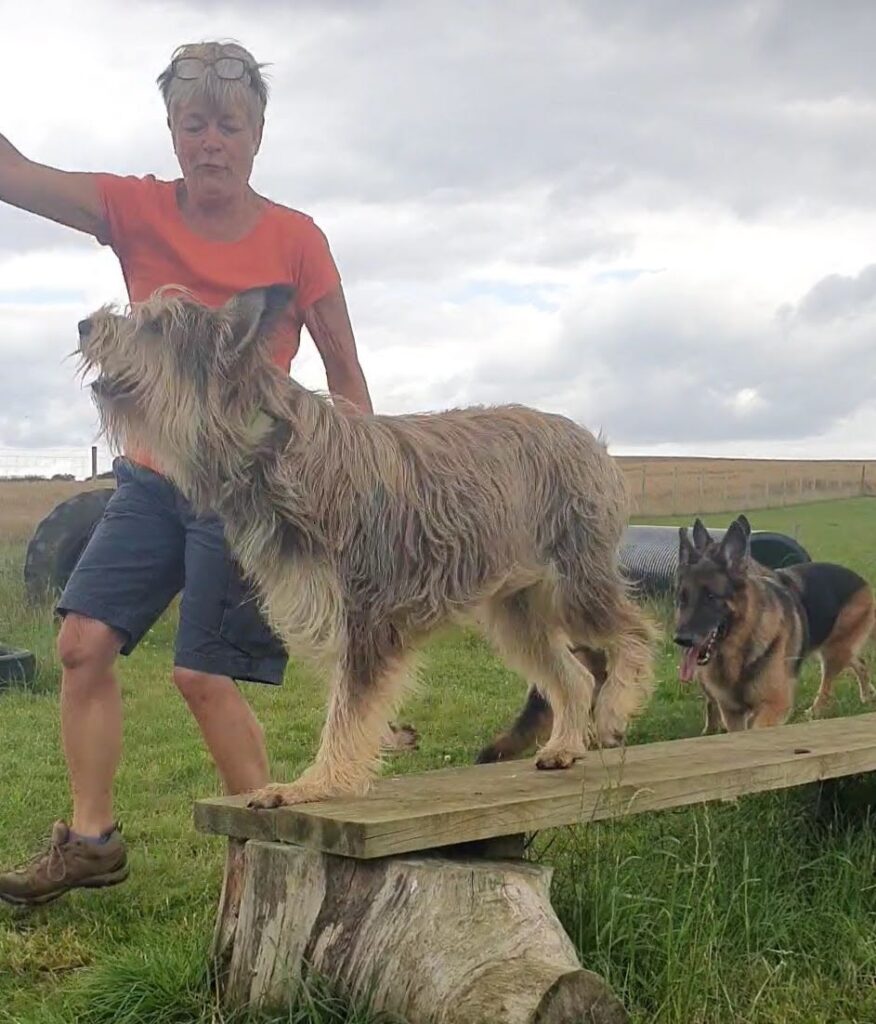
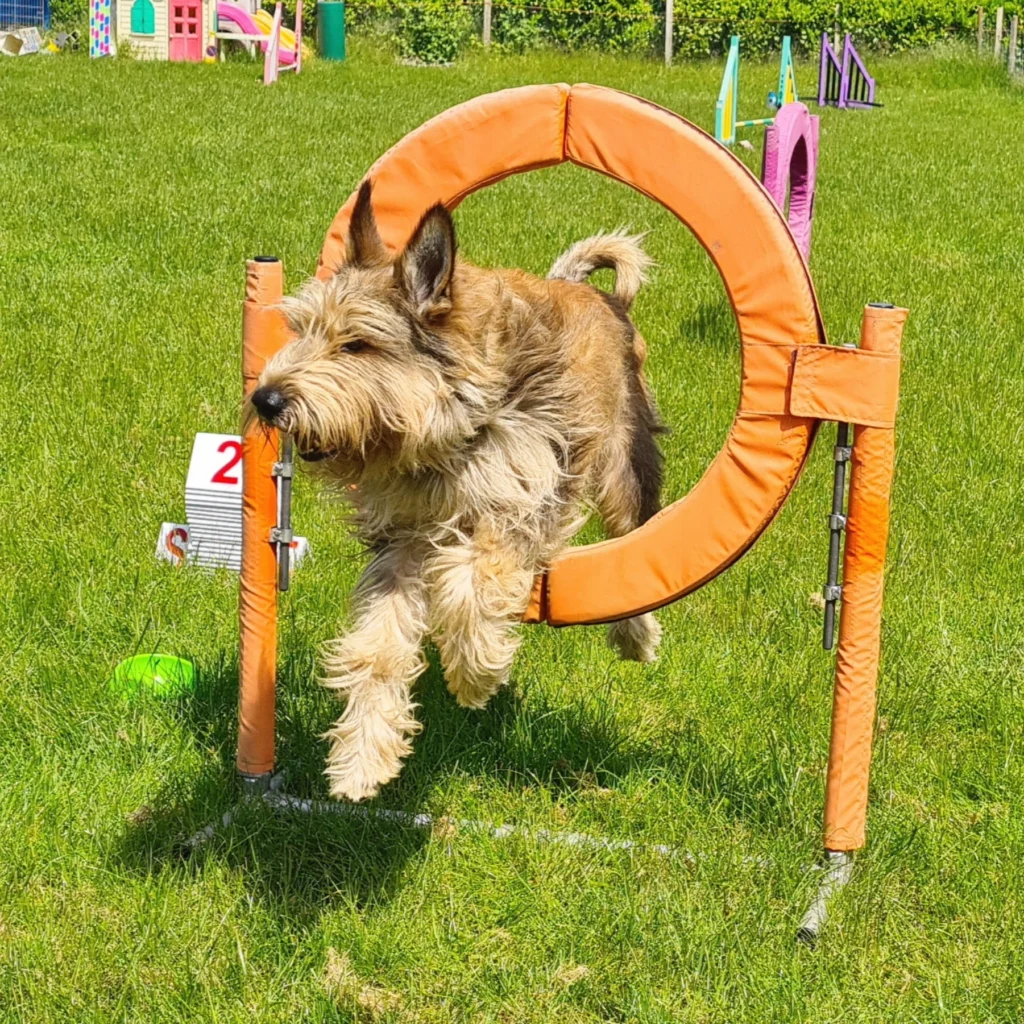
Agility
Truly a team sport, agility combines skill, training, and human-canine communication in a display that is as much fun for spectators as it is for participants.
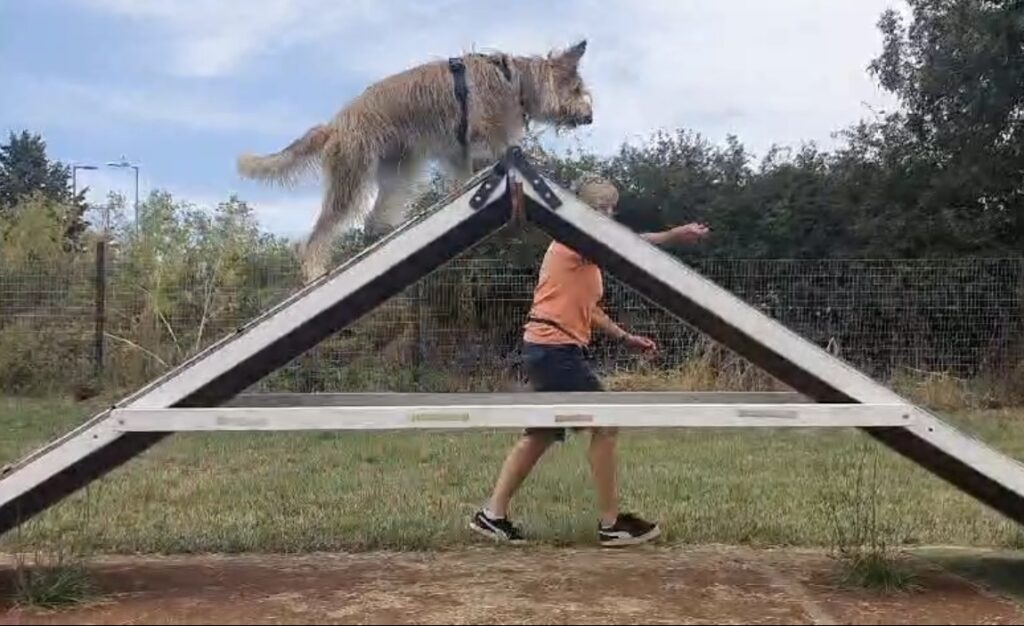
While certain breeds seem to excel at agility, most notably Aussies and Border Collies, the sport can be enjoyed and done well by any dog. Even if you have no intention of ever competing, there are still multiple benefits, two of the greatest being the intense mental and physical workout agility provides.
It is important to remember that your puppy’s bones and joints are still forming, growing and maturing right up to 18 months of age – and high-impact sports before this age may cause joint problems or arthritis when the dog is older.
Usually a pup must be at least a year old to participate in classes or competition, but requirements may vary. please check with your vet.
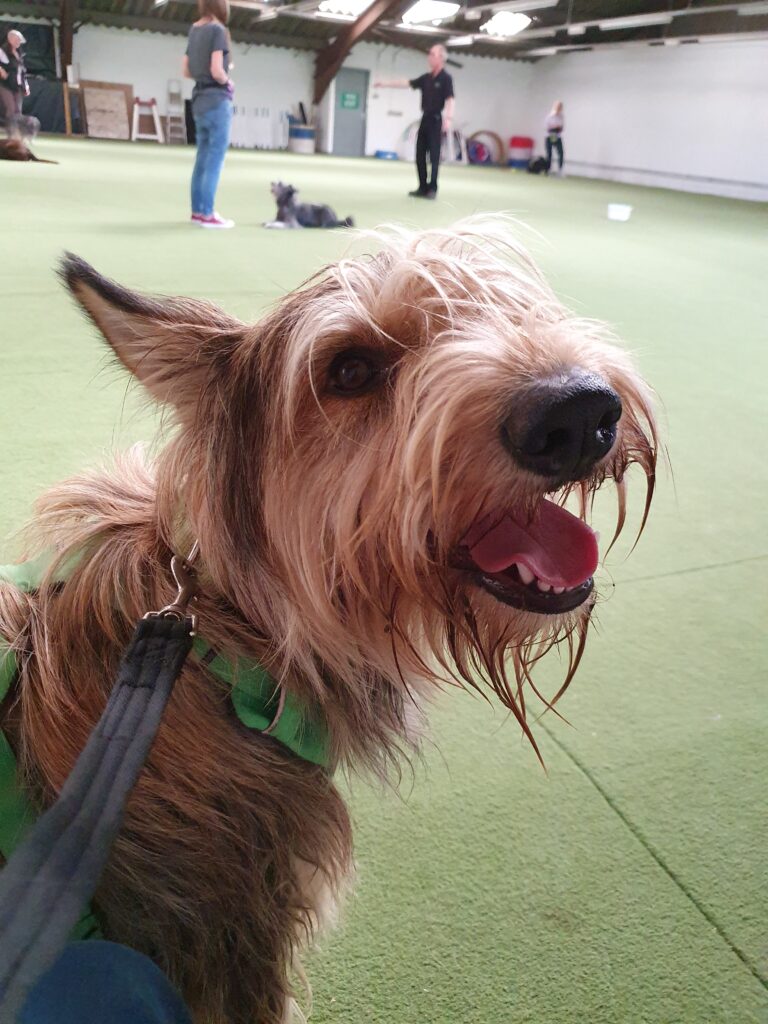
Agility and sports has the immeasurable benefit of bolstering confidence. As your dog masters particular jumps and moves, and her focusing ability and athletic skills are honed, a more self-assured and nimble animal emerges, and that confidence will permeate other aspects of her life too.
Additionally, agility training strengthens the bond between dog and humans: as you work and play together, you will learn to read one another on a unique and deep level, communicating well beyond basic cues such as “sit,” “stay,” and “down.” And perhaps the biggest reward is that agility training is just plain fun.
Before starting agility training, schedule a check-up with your vet to make sure your dog is physically able to participate. Breeds prone to hip dysplasia, elbow dysplasia, or vision problems should be carefully evaluated. Your dog’s mental health should be considered as well: while agility training usually builds confidence, you want to make sure a shy or nervous dog is up to the task of performing.
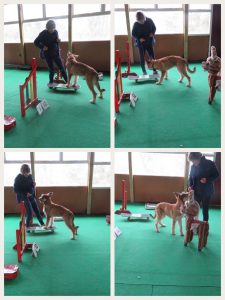
There is some concern by vets in relation to injuries occurring during agility training and competitions, and more information can be found in here.
The Royal Kennel Club has guidelines for taking part in canine activities.
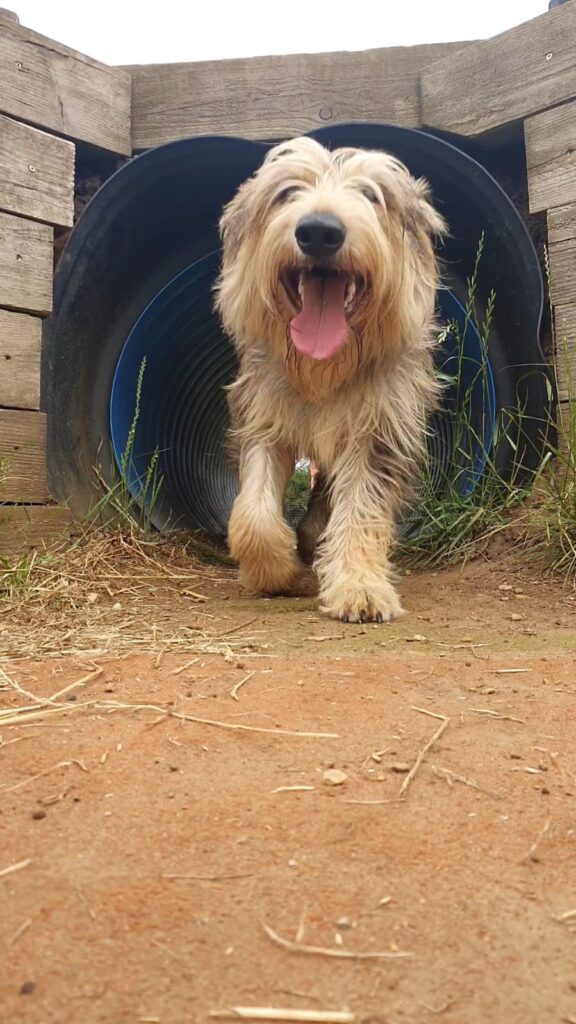
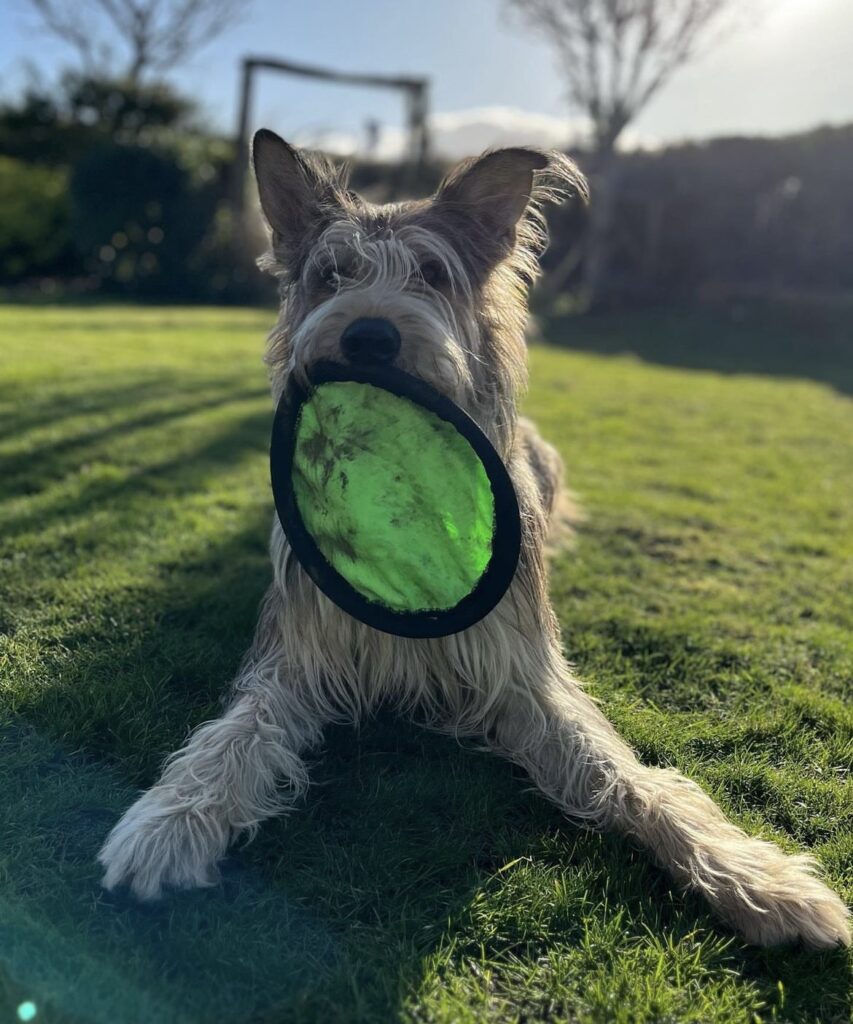
To help prevent problems arising from over-exercise, below are two videos by Wendy Baltzer, DVM, PhD, DACVS:
- Appropriate warm-up and cool-down exercises for sport and agility
- Harmful warm-up exercises to be avoided